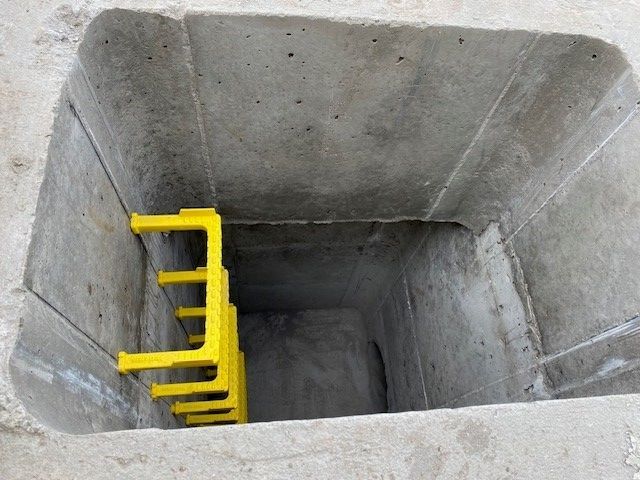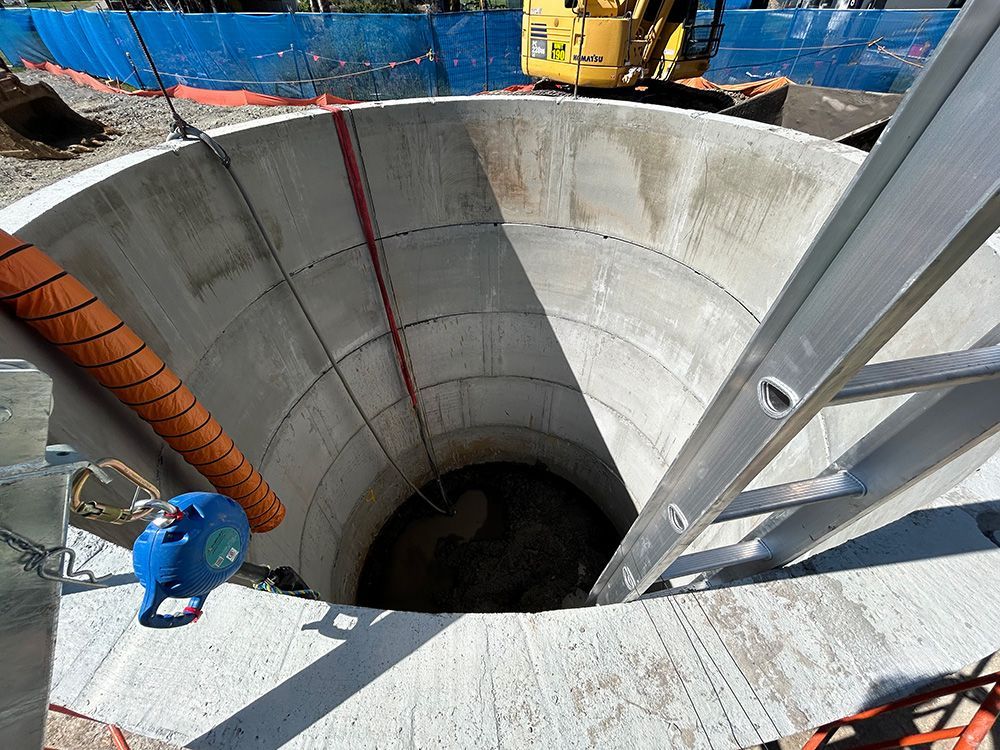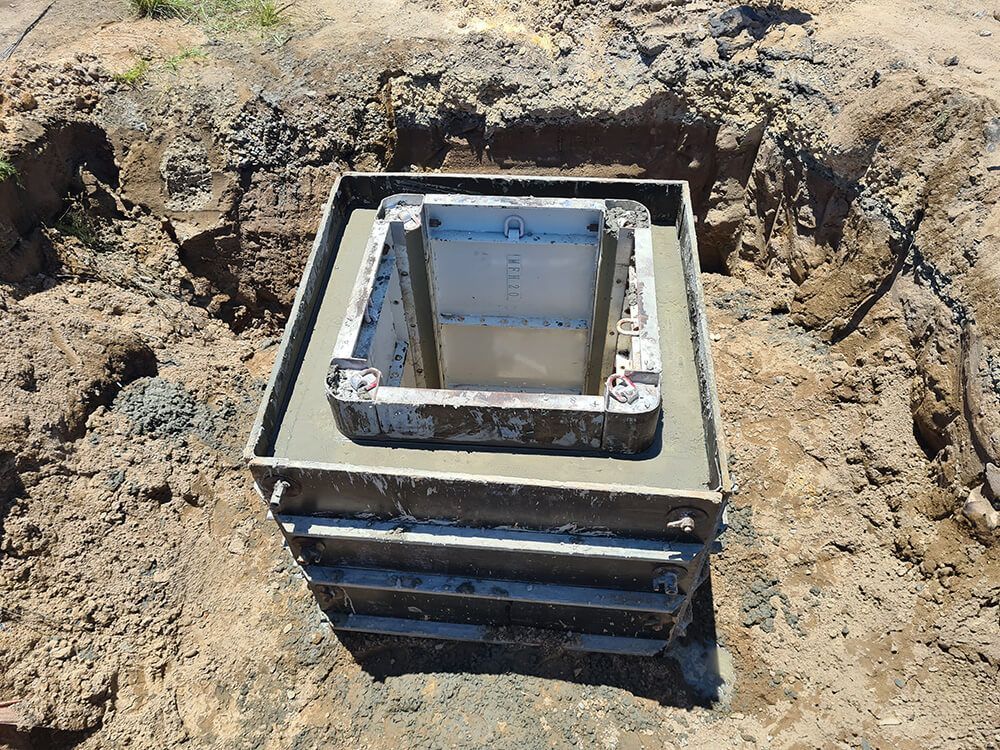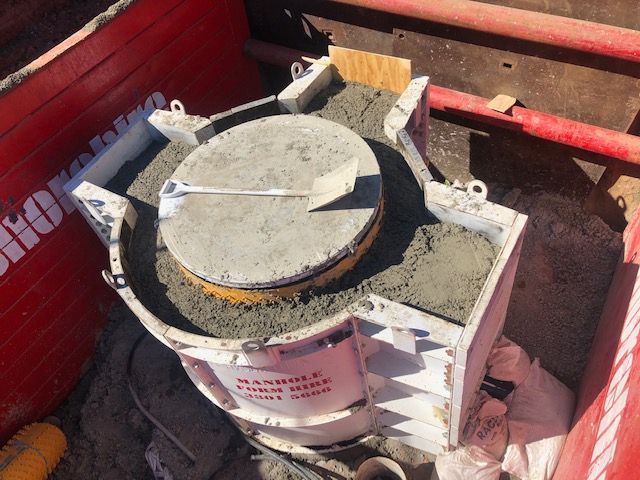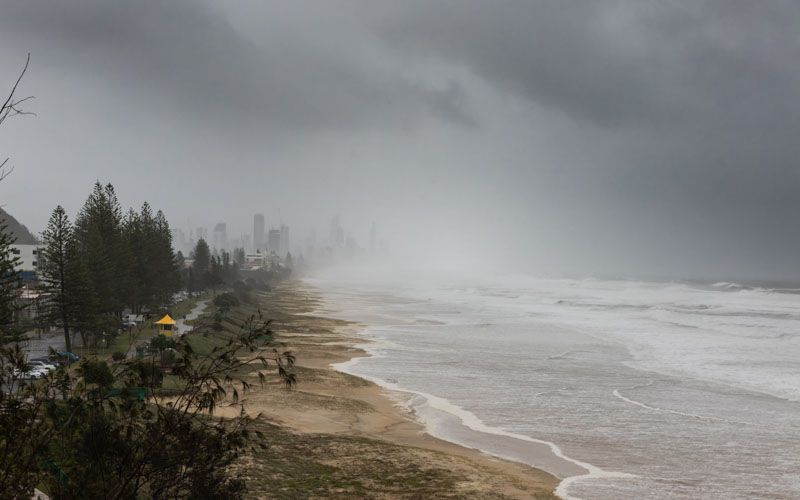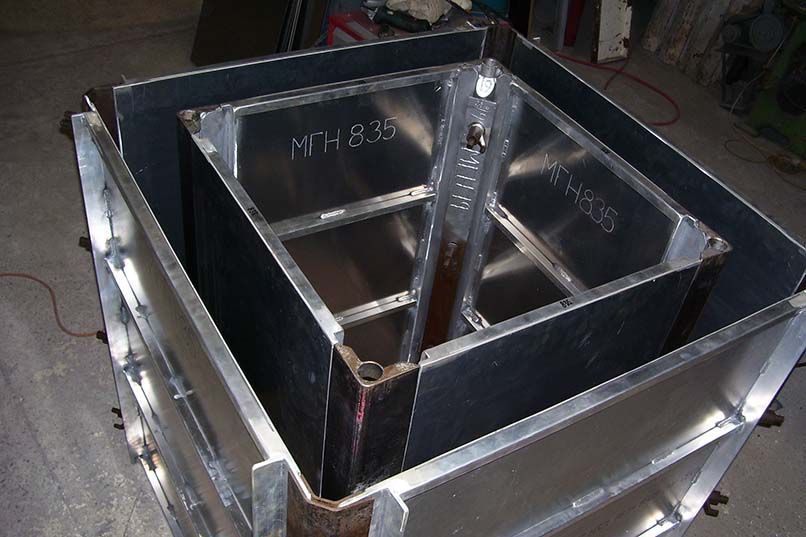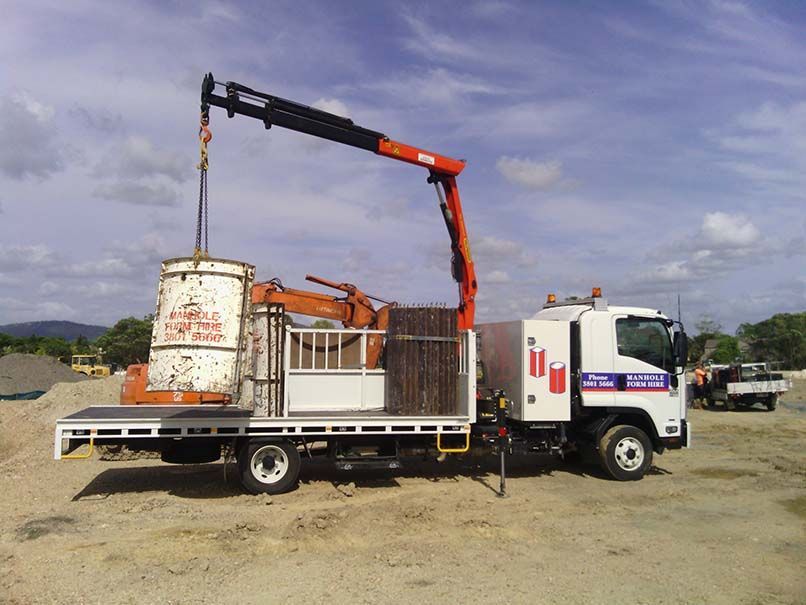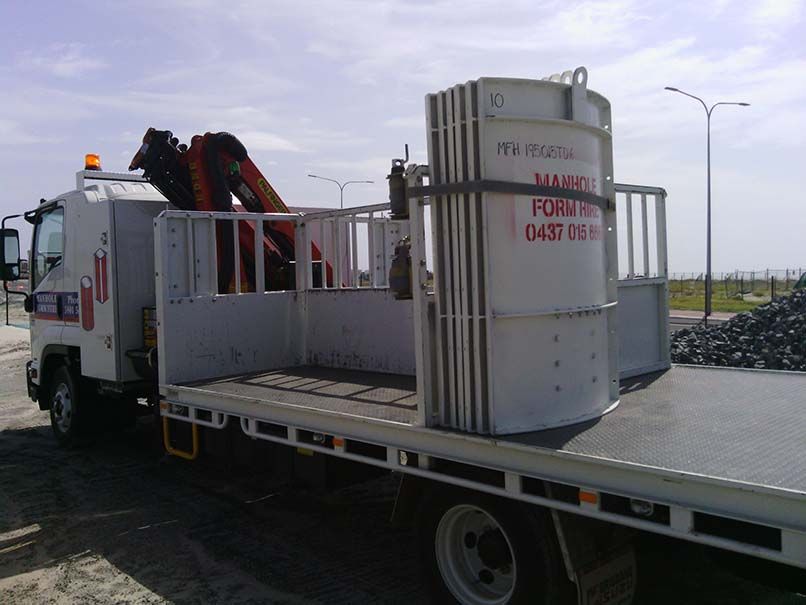Anyone in the formwork or concreting industries, including anyone that ever used a bolt in the assembly or disassembly of temporary construction structure, knows the intense struggle of releasing a bolt from a structure after it has been used and its threads are filled with layers of dirt, crud, dried concrete and aggregate.
When assembling or disassembling a large structure such as a concrete form or manhole form, clogged and stuck bolts can add additional minutes to a project's length. And when you are working with forms that have between 30 to 80 bolts per form, if every bolt is difficult to remove it can result in hours of lost productive time on a project.
The purpose of a manhole
To really understand the purpose of a manhole you need to go back to when they were first found in history. The first major civilisation to harness the benefits of pipes and aqueducts were the ancient Romans. Over four centuries they built up a complex system of sewer and water pipes to provide the city with clean water to drink and bathe, with that water then being used to flush the city of its waste.
From that point, we saw advancements and regressions in subsurface utility technology until the industrial revolution took over Europe. Dams, aqueducts, pipes and locks became exceedingly popular as a way to control the flow of water. As indoor plumbing became the norm throughout the 19th Century a complex underground network of pipes was needed to control the flow of wastewater.
These complex underground tunnels needed to be maintained and inspected to ensure they were working correctly. This is where manhole installation surged. While there was often access to the pipes from where the water flows into the ocean or river, or at the treatment facility, workers needed to be able to get access to specific sections quickly and efficiently. These days you will more often than not find a manhole cover every 50 metres to 100 metres apart. This gives workers the access they need without having to go dangerous distances underground.
Depth of manholes
Ever wondered how far down the manhole in your street goes? The answer to that question is actually quite varied with a range of factors affecting its depth. To start, the depth of a manhole depends on the contours of the land. Underground sewers and waterways will almost always be built with a 1% fall to allow for the constant flow of water. The only time this changes is when a hill is encountered. The pipes will need to pump the water to the top before letting the pipes go back to their 1% fall.
When there are more minor changes in the contours of the land the pipes stay on the same 1% fall and the depth of the manhole gets either deeper or shallower. This occurs both as the pipes get gradually deeper and as small changes to the surface such as when there is a slight rise or gully occur.
The reason why manholes are different shapes
While traditionally manholes have been round in shape you will often see a variety of shapes, from triangles to squares and rectangles on your local footpaths and roads. To start the different shapes can lead to different utilities, from telecommunications to gas, water and sewerage. But what about the varieties with water and wastewater drains and access overs? It often has more to do with what is below the surface than on top.
Standard access chambers, or manholes, and pipes are round for a number of reasons, the first being that water flows better when there are no edges to pool in. Debris is also unable to be caught in the corners which can lead to unnecessary build-up. Being round, external forces tend to be uniform which ensures consistent pressure over the structure, reducing the possibility of breakages.
Square structures are used when you need to do something with the contents of the pipes. This could be managing rubbish filters or to create ponds to disperse fluid slowly, treatment for drinking or the addition of any other mechanical device. Kerb drains and access chambers tend to be rectangular purely because the design works best with the flow of the kerbs and roads, and rectangular grates are easier to make, fit and replace.
Need to install a manhole in Brisbane, Sydney, Canberra or Melbourne?
At Manhole Form Hire we have an extensive range of manhole forms ready for hire today. Whether you’re working on a major new development like the Brisbane Airport third runway or resurfacing a local road, we have the forms you need to meet the local regulations for manhole installation, give us a call to organise your hire today! Want to know the benefits of hiring manhole forms compared to buying precast manholes? Read our blog on the topic here.


